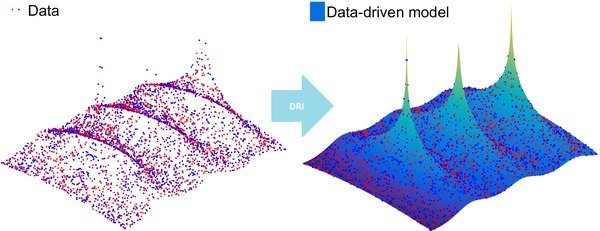Machine Learning (ML) techniques have aimed to "learn" the black box. For specific tasks such as pattern recognition, ML has demonstrated remarkable success. The limitations of ML methods begin when the interpretation of the derived models is under consideration. By combining learning from data, with reduction techniques, we have introduced an approach that yields identification of reduced models from data (discovery of dynamical systems). It constitutes a non-intrusive method that deals with real data (engineering measurements such as frequency, velocity, current, and concentration) able to identify linear and nonlinear systems, and at the same time offer the opportunity for reduction that is crucial for simulation, design, and control.












